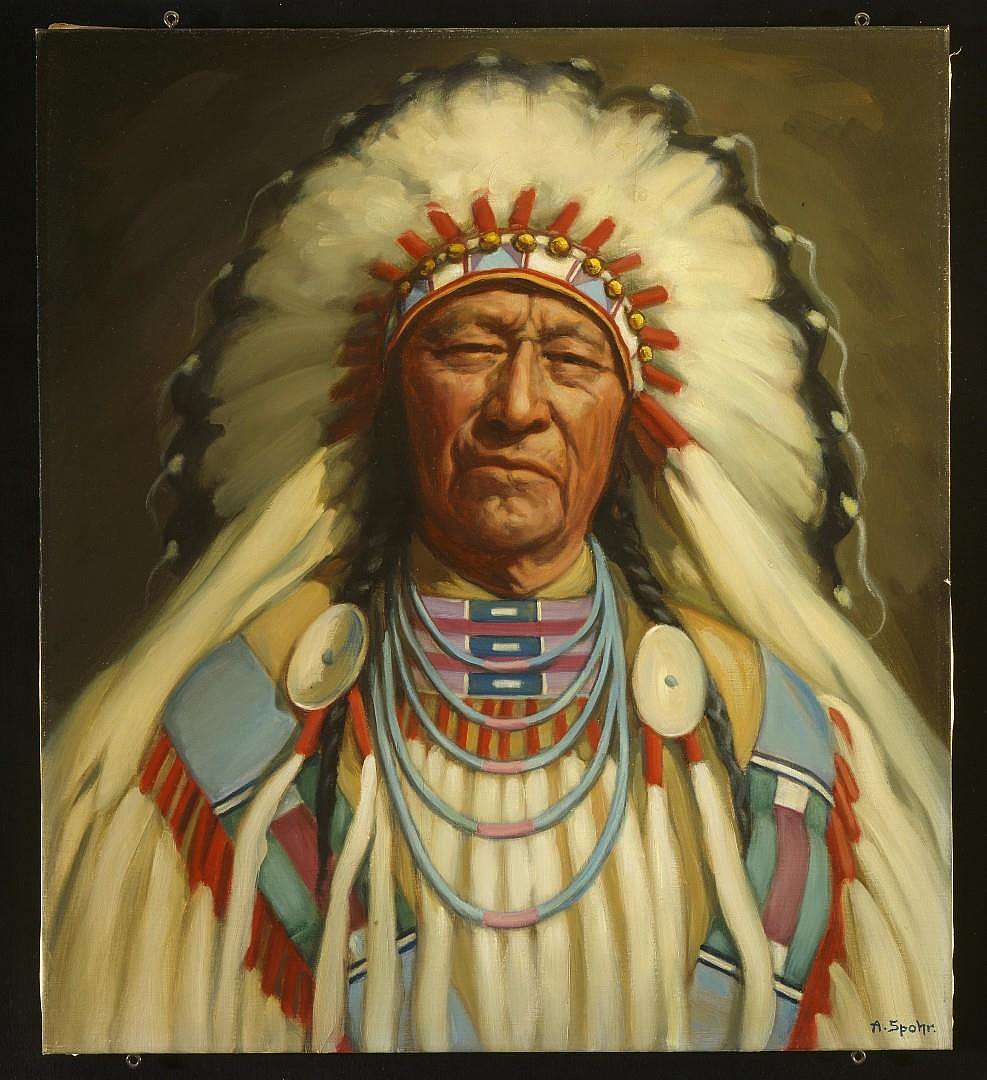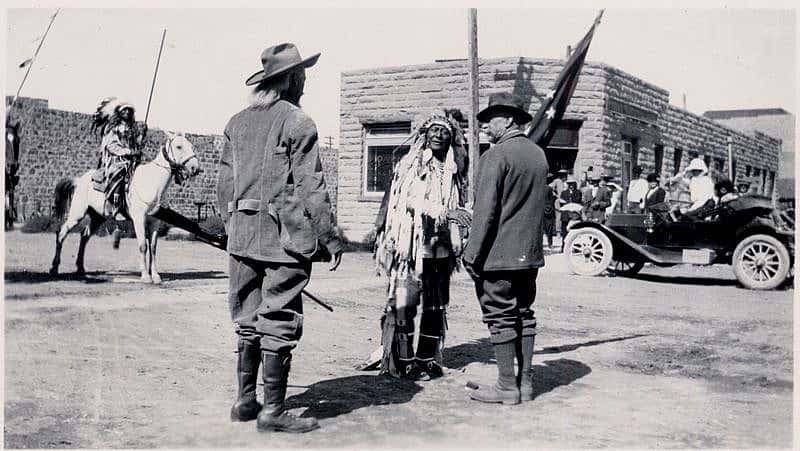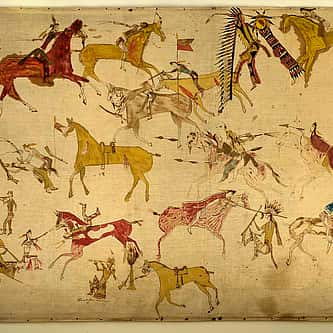
From Warrior to Statesman: The Leadership of Chief Plenty Coups
Chief Plenty Coups of the Crow Nation is one of the most remarkable Indian leaders of the frontier era. Plenty Coups was known to other Crow as “Many Achievements,” and he lived during a very tumultuous time of Plains Indian history, which included the decline of the buffalo, the reality of reservation life, and American westward expansion over tribal lands. As one of the last chiefs of the Crow, Plenty Coups represented loyalty to his warrior life coupled with a patient political wisdom.
Born around 1848 near the Little Bighorn River in present-day Montana, Plenty Coups went on a vision quest as a boy. The purpose of a vision quest had to do with seeking spiritual guidance. Plenty Coups had a vision of the buffalo disappearing or sinking into the earth, being replaced by cattle. He then saw the forest collapse, leaving only one tree under which a chickadee survived. According to Frank Linderman in his book Plenty Coups: Chief of the Crows, to the Crow elders, Plenty Coups’ visions represented change. The old ways would vanish, but if the Crow adapted by listening and making judicious decisions, their tribe could survive.

By the 1860s and 1870s, Plenty Coups had earned respect as a fighter and warrior, battling against the rival tribes of the Sioux, Blackfeet, and Cheyenne. “Counting coup” meant taking note of how many times a warrior struck or touched an enemy without killing him, thus humiliating the enemy. This signified bravery and tribal leaders considered it a high military honor. As he grew into manhood, Plenty Coups had earned recognition as a strong leader with a promising future. At age 28, he became chief of the Crow Nation. The year was 1876. That year was also the year of the Battle of the Little Bighorn, where the Crow allied with the U.S. Army against their historic enemies, the Sioux and Cheyenne. Plenty Coups believed that by building an allyship with the U.S. Government, the Crow could safeguard their tribal lands for posterity.
In the decades following the Battle of Little Bighorn, Plenty Coups grew into a wise statesman and leader. He traveled to Washington, D.C. many times to advocate for his people, working to protect treaty lands and hold the U.S. Government to their promises. Recognizing that things were changing rapidly, Plenty Coups urged the Crow to adapt to farming and create schools while maintaining their cultural identity. His diplomacy and wisdom greatly helped the Crow maintain more of their tribal lands than other native groups.
In 1921, officials in Washington invited Plenty Coups to represent the Plains Indians at the dedication of the Tomb of the Unknown Soldier in Arlington National Cemetery. In an act of reverence and respect he placed his war bonnet and coup stick on the Tomb, honoring the Crow Nation and all who had fallen in war. In the Smithsonian’s National Museum of the American Indian, visitors can view these items on display, preserved for future generations.
Before he died in in 1932 near Pryor, Montana, Plenty Coups published his autobiography in collaboration with author Frank B. Linderman titled Plenty Coups: Chief of the Crows. The book is considered a rare first-person account of an Indian leader. After his death, Plenty Coups’ home and land became Chief Plenty Coups State Park and Home, serving as a museum and memorial.
Through adaptation, diplomacy, and cultural survival, Plenty Coups bridged worlds: warrior in his youth and statesman in his adult years, preserving the Crow Nation through wisdom and foresight.

